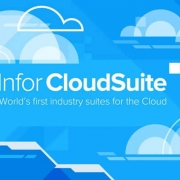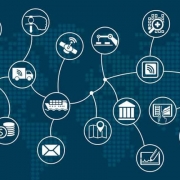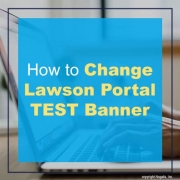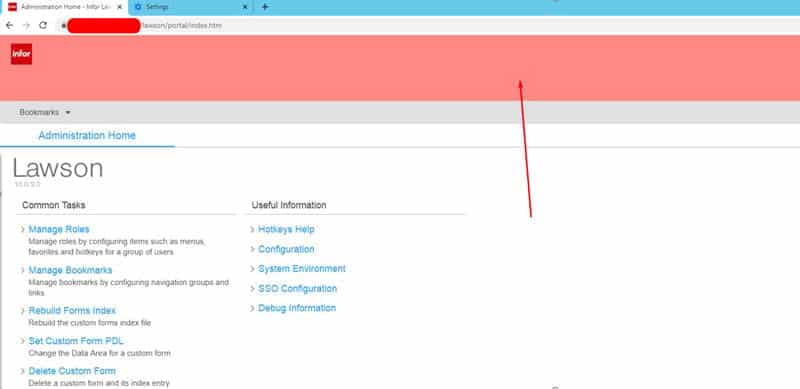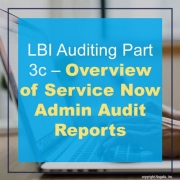- Predictive Analytics in Healthcare. “Although the first few months of the pandemic came with unparalleled uncertainty, ongoing work into the causes, mechanisms and mortality of the disease have yielded valuable healthcare data.”
- IoMT: Connected Medical Devices Support Proactive Health Care. “The Internet of Medical Things (IoMT) gained significant ground during the pandemic, allowing providers to deliver proactive care at a distance. Applications have ranged widely, from connected wearables that report critical patient data to the deployment of “smart beds” in hospital settings to improve patient comfort.”
- Future Telehealth Advances Will Deliver the Best of Both Worlds. “Together, many of the shifts that have taken place have moved the needle toward a more patient-focused experience of healthcare delivery. Although many providers expect the expansion of telehealth to persist even after patients and providers can safely meet in person, they also expect this technology-driven approach to undergo its own evolution. Such solutions will be essential for healthcare organizations serving distributed, disparate populations who may lack access to unlimited smartphone data or high-speed broadband internet.”
- New Cybersecurity Concerns Increase Cloud Adoption in Healthcare. “Changes in care delivery models also have implications for associated IT infrastructure, with cybersecurity concerns pushing some organizations to the cloud.”
For healthcare organizations, this continuing pandemic is clear about one thing: innovation and disruptive service is now the ‘new normal’.



